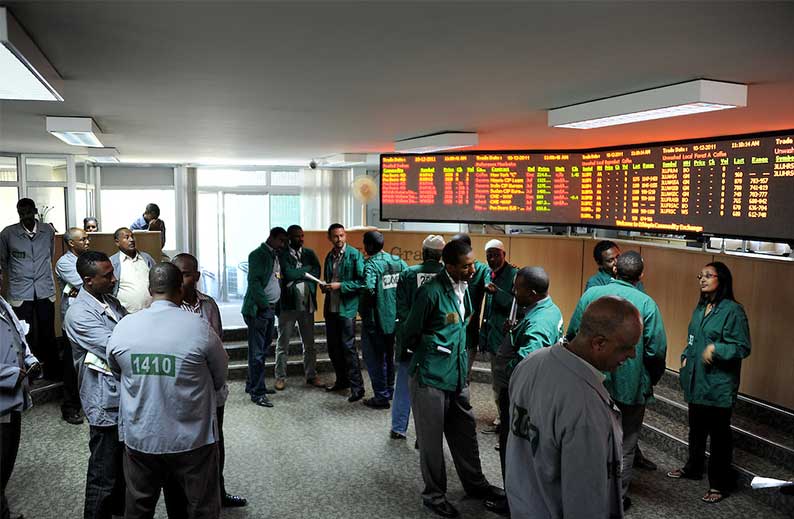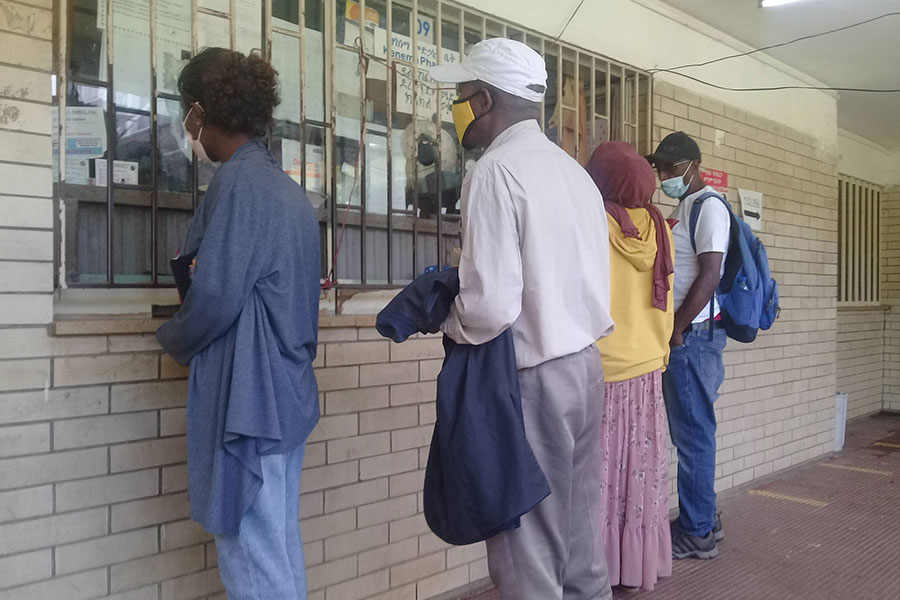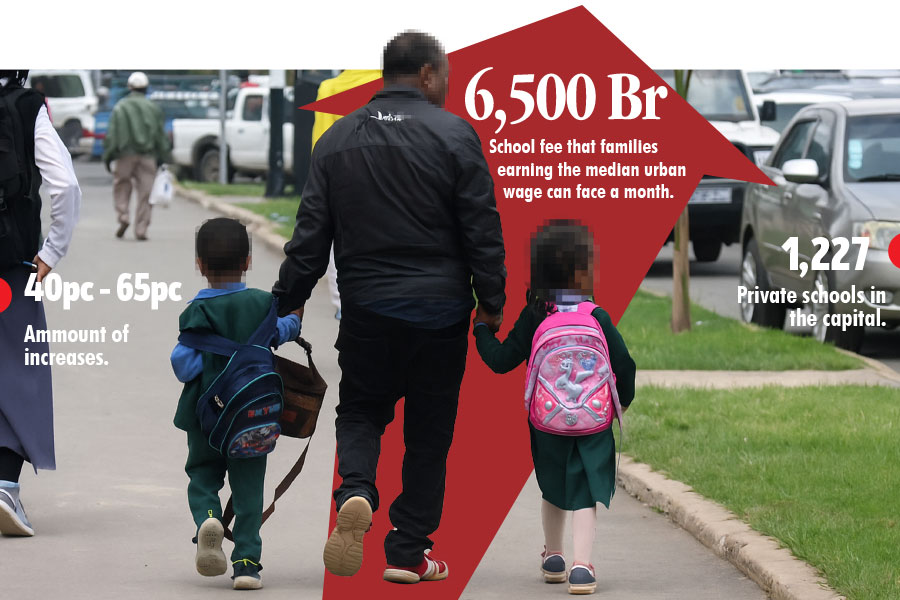
Aug 27 , 2022
By Jeffrey Frankel
Big movements in the prices of oil, minerals, and agricultural commodities have been among the most salient economic developments of the past couple of years. The sharp rise in commodity prices for much of this period was virtually impossible to miss. A barrel of Brent crude that sold for 20 dollars in April 2020, during the first wave of the COVID-19 pandemic, fetched a peak of 122 dollars in March 2022, just after Russia invaded Ukraine.
Oil was not the only commodity to experience a price surge. The price of copper doubled; wheat more than doubled; and global indices of commodity prices almost tripled from April 2020 to March 2022. And these increases are in dollar terms; prices in euros, yen, won, or other currencies rose even more.
Less widely noted, however, is that the prices of many commodities fell this summer. The price of oil decreased by about 30pc between early June and mid-August. The politically sensitive price of gasoline in the United States fell by 20pc over the same period, from five dollars per gallon to four dollars per gallon. The overall index fell 12pc.
Is this dip in commodity prices just temporary? Or is it a sign that prices have peaked and can be expected to decline further?
Commodity prices are highly correlated. One reason is direct microeconomic linkages. When the price of oil rises, wheat producers’ costs increase (because harvesting equipment runs on diesel and fertilizer is made from natural gas), which puts upward pressure on grain prices.
There are two macroeconomic reasons to think that commodity prices in general will fall further. The level of economic activity is a self-evidently important determinant of demand for commodities and therefore of their prices. Less obviously, the real interest rate is another key factor. And the current outlook for both global growth and real interest rates suggests a downward path for commodity prices.
Not all prices will fall. Different commodities tell different stories. For example, the market price of natural gas in Europe is bound to rise further as the continent learns to manage winter without Russian supplies. But the trend will likely be downward elsewhere.
Strong global growth, especially in China, can explain the major commodity-price upswings of 2004-07, 2010-11, and 2021. Conversely, plunging global growth can explain the abrupt falls in commodity prices during the Great Recession from mid-2008 to early 2009 and during the pandemic recession from January to April 2020.
Global growth is currently slowing. China’s economy has faltered dramatically. Growth there actually turned negative in the second quarter, as Shanghai and some other large cities endured lockdowns pursuant to President Xi Jinping’s futile zero-COVID policy. Europe’s economy will be hit hard by side effects of Russia’s invasion of Ukraine.
Even US growth is slower in 2022 than it was last year, with many proclaiming that a recession has begun. Personally, I am still willing to bet that no US recession started in the first part of the year and that either first-quarter or second-quarter GDP will be revised upward by the end of September.
In its most recent update, the International Monetary Fund (IMF) projected global growth to slow sharply, from 6.1pc in 2021, to 3.2pc in 2022 and 2.9pc in 2023. Slower growth means lower demand for commodities, and hence lower prices.
Moreover, as the US Federal Reserve and other central banks tighten monetary policy, real interest rates are likely to rise. This will probably push down commodity prices, and not just because high real interest rates make a recession more likely. The level of real interest rates affects commodity prices independently of GDP, both in theory and empirically.
The theory of the relationship between real interest rates and commodity prices is long-established. The simplest intuition behind the relationship is that the interest rate is a “cost of carrying” inventories. An increase in the interest rate reduces firms’ demand for holding inventories and therefore lowers the commodity price.
Three other mechanisms operate, in addition to inventories. First, for an exhaustible resource, a rise in the interest rate increases the incentive to extract today and thus expand the available supply. Second, for “financialised” commodities, an increase in the interest rate encourages institutional investors to shift out of the commodities asset class and into Treasury bills. Lastly, for a commodity that is internationally traded, an increase in the domestic real interest rate causes a real appreciation of the domestic currency, which works to lower the domestic-currency price of the commodity.
Econometric analyses have demonstrated the statistical relationship between real interest rates and commodity prices. These include simple correlations; regressions that control for other important determinants, such as GDP and inventories in a “carry trade” model; and high-frequency event studies that are much less sensitive to the econometric problems of the regressions.
Two episodes illustrate that the effect of real interest rates on commodity prices operates independently of the GDP effect. Neither the spike in dollar commodity prices in the first half of 2008 nor the decline in 2014-15 can be explained by fluctuations in economic activity. They can instead be interpreted as the result, respectively, of loose US monetary policy (quantitative easing) and a tightening of US monetary policy with the end of QE.
Real interest rates appear to be on a firm upward trend because nominal interest rates will rise, and inflation will fall. Together with decelerating global growth, that could mean that the recent decline in real prices of oil, minerals, and agricultural products will persist.
PUBLISHED ON
Aug 27,2022 [ VOL
23 , NO
1165]


Agenda | Nov 23,2019

Radar | Mar 26,2022

Fortune News | Aug 14,2021

Radar | Jun 29,2019

Agenda | Mar 26,2022

My Opinion | 131584 Views | Aug 14,2021

My Opinion | 127940 Views | Aug 21,2021

My Opinion | 125915 Views | Sep 10,2021

My Opinion | 123539 Views | Aug 07,2021

Dec 22 , 2024 . By TIZITA SHEWAFERAW
Charged with transforming colossal state-owned enterprises into modern and competitiv...

Aug 18 , 2024 . By AKSAH ITALO
Although predictable Yonas Zerihun's job in the ride-hailing service is not immune to...

Jul 28 , 2024 . By TIZITA SHEWAFERAW
Unhabitual, perhaps too many, Samuel Gebreyohannes, 38, used to occasionally enjoy a couple of beers at breakfast. However, he recently swit...

Jul 13 , 2024 . By AKSAH ITALO
Investors who rely on tractors, trucks, and field vehicles for commuting, transporting commodities, and f...

Jun 28 , 2025
Meseret Damtie, the assertive auditor general, has never been shy about naming names...

Jun 21 , 2025
A well-worn adage says, “Budget is not destiny, but it is direction.” Examining t...

Jun 14 , 2025
Yet again, the Horn of Africa is bracing for trouble. A region already frayed by wars...

Jun 7 , 2025
Few promises shine brighter in Addis Abeba than the pledge of a roof for every family...

Jun 29 , 2025
Addis Abeba's first rains have coincided with a sweeping rise in private school tuition, prompting the city's education...

Jun 29 , 2025 . By BEZAWIT HULUAGER
Central Bank Governor Mamo Mihretu claimed a bold reconfiguration of monetary policy...

Jun 29 , 2025 . By BEZAWIT HULUAGER
The federal government is betting on a sweeping overhaul of the driver licensing regi...

Jun 29 , 2025 . By NAHOM AYELE
Gadaa Bank has listed 1.2 million shares on the Ethiopian Securities Exchange (ESX),...